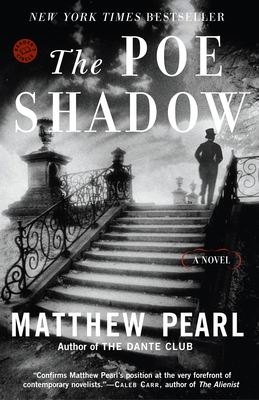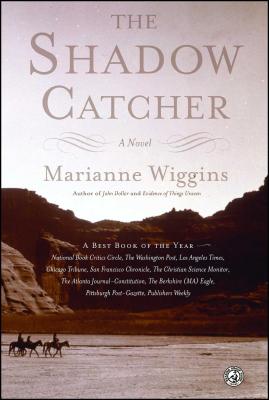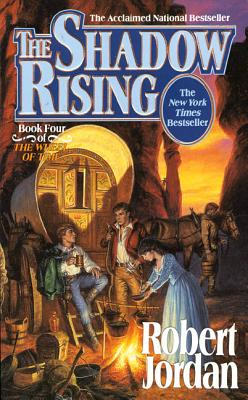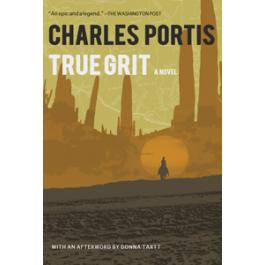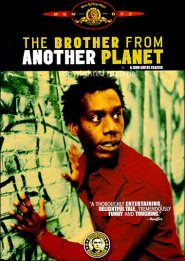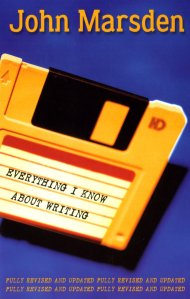
Diapora Dialogues Features Young Writers - Photo Courtesy of Dreamstime.com
Wednesday, February 24, 2010
Unsubscribe | Printable Version | Send this to a friend
Young Writers from the Edge
Join us this March as high school students in Etobicoke, Danforth-Crescent Town, Jamestown and Malvern present their brand new creative writing at reading events in their neighbourhoods.
In Young Writers from the Edge, Diaspora Dialogues’ youth writing program, students work with professional mentors to develop their writing skills in three different forms, including fiction, drama, poetry, graphic novel, and journalism.
Based on the work developed through these workshops, the youth will present their pieces alongside their mentors at a celebratory reading event. Don’t miss the chance to hear our city’s freshest emerging writers!
For more information, contact Julia at 416-944-1101 x 277 or julia@diasporadialogues.com.
Young Writers from the Etobicoke Edge
Presented in partnership with Lakeshore Arts and Toronto Cultural Services
When: Thursday, March 4th, 2010 – 6 pm
Students from: Father John Redmond CSS and Lakeshore CI
Mentors: Julie Tepperman, Emily Pohl-Weary, Kerri Sakamoto, Isaac Thomas, Melissa Dean
Where: The Assembly Hall – 1 Colonel Samuel Smith Park Drive (SE corner of Kipling Ave and Lake Shore Blvd W)
Young Writers from the Danforth-Crescent Town Edge
Presented in partnership with S Walter Stewart Branch
When: Friday, March 5th, 2010 – 6 pm
Students from: East York CI and Danforth CI
Mentors: Emily Pohl Weary, Catherine Graham, Diana Tso, Lauren Kirshner and Nicholas Keung
Where: S Walter Stewart Branch Library – 170 Memorial Park Avenue (Danforth and Coxwell)
Young Writers from the Jamestown Edge
Presented in partnership with Albion District Branch
When: Saturday, March 6th, 2010 – 6 pm
Students from: North Albion CI, Kipling CI, Thistletown CI, and Monsignor Percy Johnson CHS
Mentors: Andrea Thompson, Andrew Mitrovica, Philip Adams and Greg Beettam
Where: Albion District Branch Library – 1515 Albion Road (Albion and Kipling)
Young Writers from the Malvern Edge
Presented in partnership with Malvern Branch
When: Tuesday, March 9th, 2010 – 6 pm
Students from: Lester B Pearson CI and Blessed Mother Teresa CSS
Mentors: Julie Tepperman, Ibi Kaslik and Tory Woollcott
Where: Malvern Branch Library – 30 Sewells Road (Neilson and Sheppard Ave E)
Diaspora Dialogues is supported by Maytree, Canadian Heritage, Canada Council for the Arts, Ontario Arts Council, the City of Toronto through the Toronto Arts Council, the George Cedric Metcalf Foundation, TO Live With Culture, and the Vital Toronto Fund through the Toronto Community Foundation.
Subscribe | Unsubscribe | Send this to a friend
www.diasporadialogues.com
Diaspora Dialogues
170 Bloor Street West, Suite 804
Toronto, Ontario
Canada
M5S 1T9
This email was created and delivered using Industry Mailout

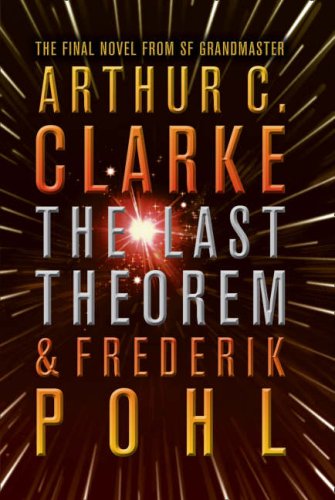 Arthur C Clarke died in March this year aged 90, having started The Last Theorem in 2002.Unable to finish it due to his ailing health, he invited fellow science fiction heavyweight Frederik Pohl to complete the book, although he apparently read and approved the finished draft just a few days before his death.
Arthur C Clarke died in March this year aged 90, having started The Last Theorem in 2002.Unable to finish it due to his ailing health, he invited fellow science fiction heavyweight Frederik Pohl to complete the book, although he apparently read and approved the finished draft just a few days before his death. The Book About Moomin, Mymble and Little My by Tove Jansson
The Book About Moomin, Mymble and Little My by Tove Jansson The Time Quake: Being the Third Part of the Gideon Trilogy by Linda Buckley-Archer
The Time Quake: Being the Third Part of the Gideon Trilogy by Linda Buckley-Archer Guinness World Records 2010: The Book of the Decade
Guinness World Records 2010: The Book of the Decade To get us started this week, I chose The Keeper of the Grail (The Youngest Templar, Book 1).
To get us started this week, I chose The Keeper of the Grail (The Youngest Templar, Book 1).

 Stefan had this to say about … ABOUT A MOUNTAIN by John D’Agata
Stefan had this to say about … ABOUT A MOUNTAIN by John D’Agata
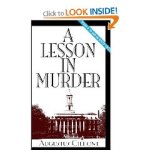
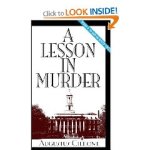
 It’s been a really long time since I’ve written a book review and I just finished reading this book, so I thought what better time to write a review. I understand my reviews don’t follow the standard format. I’m really just doing this to get the word out there. To pass on some information. I try to read as much as I can, but don’t do it as much as I would like. I was just in San Francisco and happened to stop by a bookstore that I like. I had been there a few times when I was living in the SF Bay Area. I happen to be in the neighborhood and decided to stop in. The place is called Dog Eared Books. It’s a really cool place, that I like. It’s pretty small, but has a big enough selection on history, politics and other social sciences to keep me interested. I think if it was too big I would just wander around too much. The other cool thing is that they have used books and some are almost new, but for a discounted price.
It’s been a really long time since I’ve written a book review and I just finished reading this book, so I thought what better time to write a review. I understand my reviews don’t follow the standard format. I’m really just doing this to get the word out there. To pass on some information. I try to read as much as I can, but don’t do it as much as I would like. I was just in San Francisco and happened to stop by a bookstore that I like. I had been there a few times when I was living in the SF Bay Area. I happen to be in the neighborhood and decided to stop in. The place is called Dog Eared Books. It’s a really cool place, that I like. It’s pretty small, but has a big enough selection on history, politics and other social sciences to keep me interested. I think if it was too big I would just wander around too much. The other cool thing is that they have used books and some are almost new, but for a discounted price.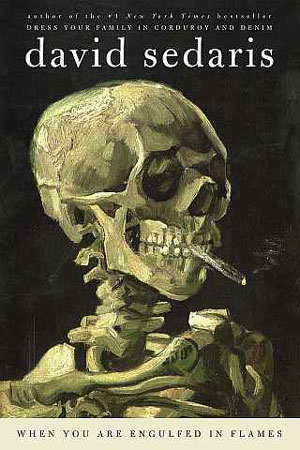
 Name of Book: Jason & Kyra
Name of Book: Jason & Kyra

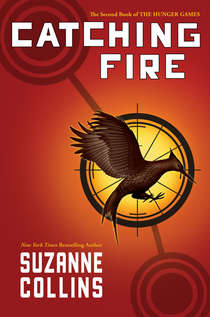 When The Hunger Games ended, there was no question that Katniss Everdeen was in trouble. She’d defied the oppressive Capitol in as public and inescapable a way as possible, and the ramifications of those actions carry both her and the reader through the second novel in the series, the excellent Catching Fire.
When The Hunger Games ended, there was no question that Katniss Everdeen was in trouble. She’d defied the oppressive Capitol in as public and inescapable a way as possible, and the ramifications of those actions carry both her and the reader through the second novel in the series, the excellent Catching Fire.



 (My buddy, Larry, made this postcard… thanks Larry!)
(My buddy, Larry, made this postcard… thanks Larry!)

